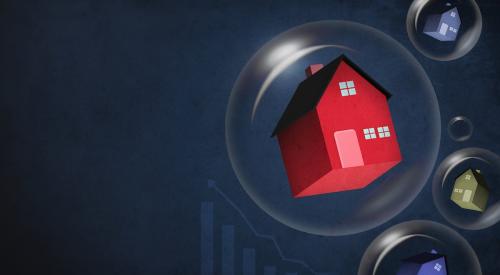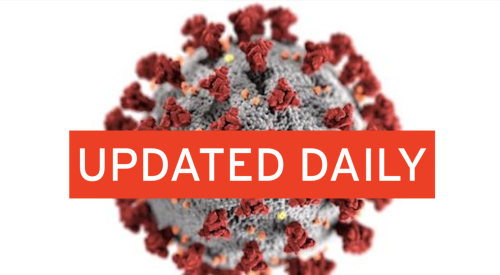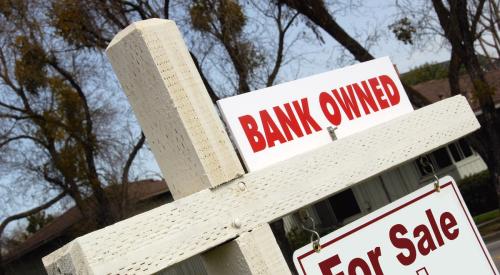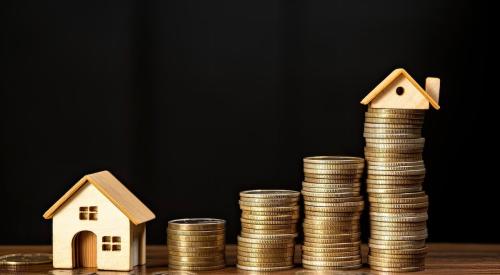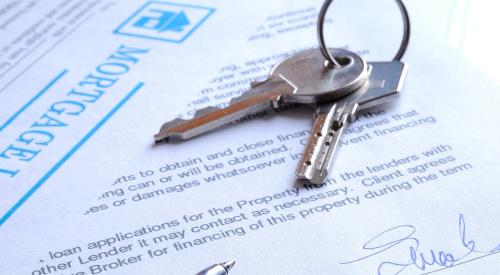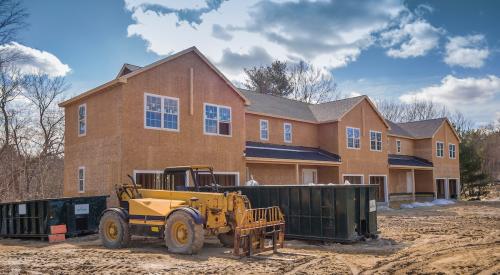Though home prices continue up, today’s homebuyers are not overextending themselves financially, unlike they did during the Great Recession. A recent Realtor.com report found buyers put down 21% of their household income before taxes toward monthly mortgage payments in May. It’s higher than the previous 19.6% share of income over the past decade, but remains within the affordable range. The affordability zone for housing is anything less than 30% of the buyer's income. Realtor.com’s economist says the affordable mortgage payments result from low interest rates. In August 2008, buyers put 25.3% of their income toward housing payments.
Buyers were in trouble in August 2008, when 25.3% of their income respectively went toward their housing payments. There was also a rise in June 2018, when about 22.4% of earnings was used for a mortgage. While the sales data hasn’t been formalized yet, July of this year looks to be about the same percentage as in 2018 when factoring in home list prices and mortgage rates.
Today’s buyers are in better financial shape than in 2008
That’s not a reason to panic.
“Compared to the Great Recession, buyers today tend to have higher incomes, which makes the share of what they’re spending on housing payments lower than it was in 2008,” says Xu.
Before the Great Recession, just about anyone could get a mortgage. Borrowers could lie about how much they earned—and many did. Since the housing bust, only the most qualified folks are getting mortgages, and it’s become even more difficult to score a loan during the COVID-19 pandemic. That means today’s buyers make more money, have higher credit scores, and are generally in good financial shape. So another foreclosure crisis is unlikely—despite the record-high home prices.

